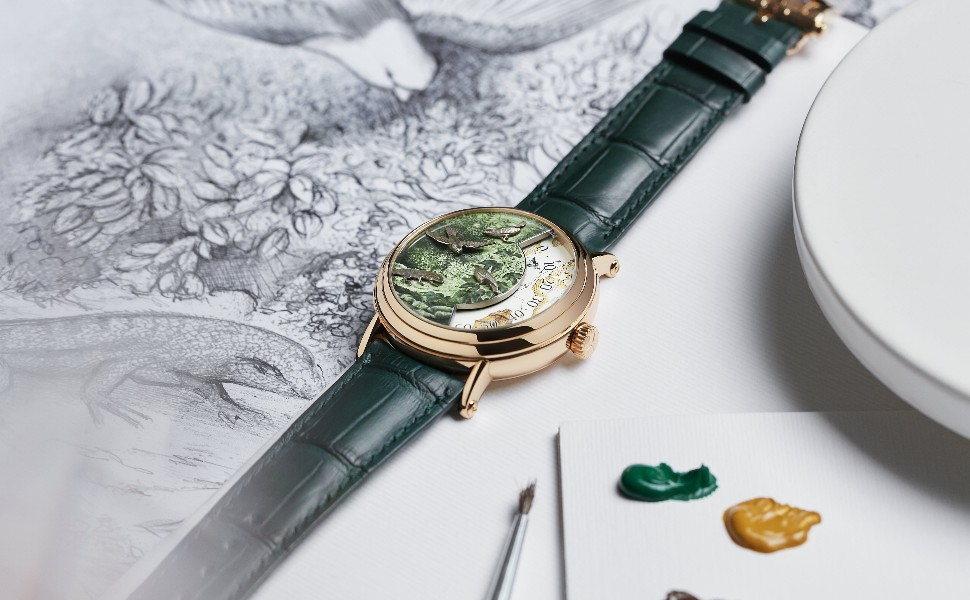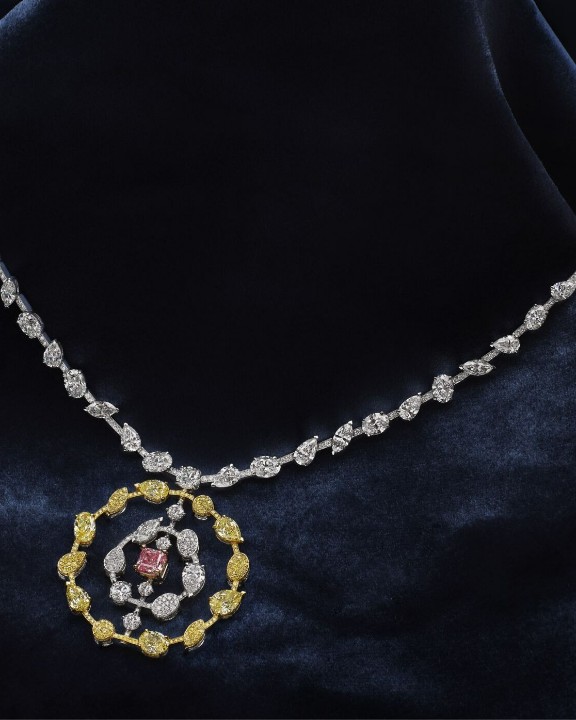 Art
Automotive
Interior design
Jewellery
Real Estate
Services
Art
Automotive
Interior design
Jewellery
Real Estate
Services

When creating exclusive watch collections, prestige watchmakers honour arts and crafts. For unique pieces, they call upon the finest enamellers, engravers, “guillocheurs,” gem setters, and many more, who perpetuate their specialized expertise and precision, to one tenth of a millimetre, passed down from one generation to the next.
In its new “Métiers d’Art” watches, Vacheron Constantin pays tribute to nineteenth century explorer naturalists. From Cape Verde to the Cape of Good Hope via the Straits of Magellan and Tierra del Fuego, each dial portrays scenes from this awesome saga. To bring them to life, the world's oldest watchmaker has combined two major decorative arts: engraving and Grand Feu enamel. On one side of the dial, a delicate engraving of the Beagle ship sailing on blue enamel waves, or three-dimensional wild fauna. The other side portrays lush vegetation or an old map, meticulously reproduced by hand. Grand Feu enamelling involves applying a blend of enamel powder and water to the dial, then firing it in the kiln, with several more firing stages following to reveal the design.
Piaget also perpetuates traditional arts and crafts in sublime timepieces. For its new “Metaphoria” luxury jewellery collection, the watchmaker of La Côte-aux-Fées celebrates marquetry with the “Undulata” watch. The craftsman uses wood which is carved, assembled, then applied to the dial. Here we have a surprising blend of materials: wood, straw, leather, parchment and beetle elytra – a real work of art, combining textures and colours, made in collaboration with French artist Rose Saneuil, a specialist in multi-material marquetry.
Some techniques are, however, even more striking. A pioneer in the field, Harry Winston is renowned for highlighting the rarest decorative arts by calling on ancestral Japanese techniques such as “urushi,” “maki-e” and “raden,” but also using micro-mosaic, silk weaving, embossing, featherwork, and butterfly marquetry. This last technique, requiring 3 years of creative development by the firm, uses the exquisitely iridescent pigments of butterfly wings to create dials in unique, hypnotic colours!
To contact us, click on the bell.








